Cold Brew and Nitro Cold Brew are two popular styles of cold coffee drinks. But what's the difference between them? Turns out a lot! Learn about the differences in texture, taste, and other differences in these specialty coffees.

I'll admit it - I'm a coffee purist. I like my coffee black, without cream, and I usually stick with good old regular coffee, opting to skip the fancy lattes and flavored coffees that appear in my local coffee shop. But there is one trend that I've caught on to - cold coffee. It's a refreshing take on my morning brew, especially during hotter months of the year when the idea of sipping on a steaming mug of joe just doesn't feel appealing. But even in the world of iced coffee, there are varieties that at first had my head spinning. Iced coffee? Cold Brew? Nitro Cold Brew? What even are these and how do you drink them?
Here's my easy description of the difference between these coffee types and some FAQs that may help you better decipher the menu at your favorite coffee shop!
In This Post
Nitro Cold Brew Vs Cold Brew - What’s the Difference?
Before we delve into the finer details, let's start with the basics. Both nitro cold brew and normal cold brew are cold coffee drinks but the main difference lies in their texture.
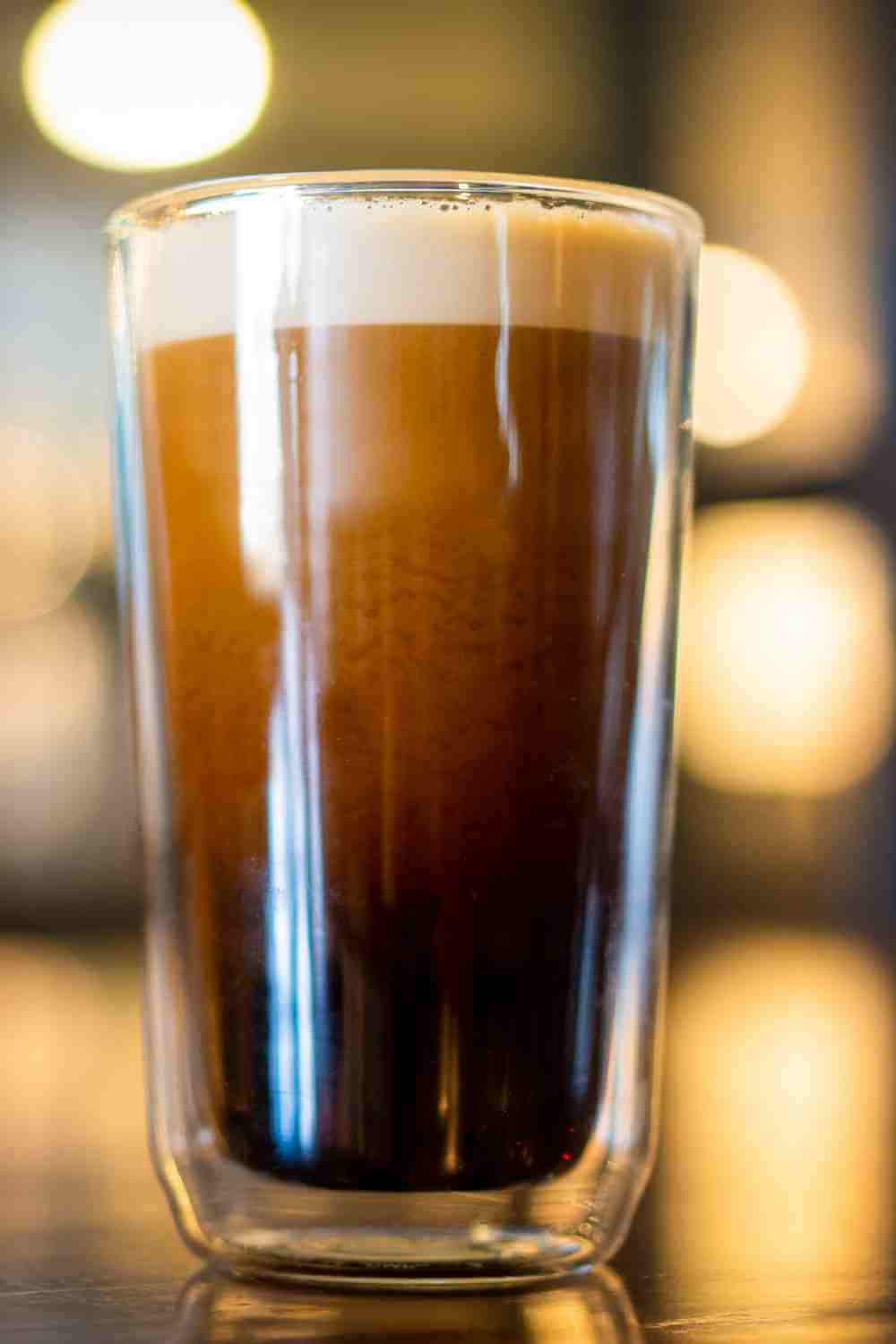
The Main Difference: Cold Brew Vs. Nitro Cold Brew
While there are many subtle differences between these two types of coffees, the biggest difference you'll likely notice is the texture. The most distinctive feature of nitro cold brew is the infusion of nitrogen gas. Nitro coffee, as it's often called, is cold brew coffee that's been pressurized with nitrogen, typically delivered from a tap, similar to how draft beer is served. This process creates tiny nitrogen bubbles in the coffee, giving it a foamy head and a velvety, creamy texture. Regular cold brew coffee, on the other hand, is typically smooth, with a slightly sweeter taste due to its long steeping process. It doesn't have the tiny bubbles and creamy mouthfeel that are characteristic of nitro cold brew.
The Brewing Process
The brewing process between nitro cold brew vs. cold brew also differs.
Cold Brew. Regular cold brew is made by steeping coarse ground coffee beans in cold water for an extended period, typically 12-24 hours. The slow extraction process results in a coffee concentrate that is later diluted with water or milk, depending on personal preference.
Nitro Cold Brew. Nitro cold brew actually begins as a regular cold brew concentrate, but the key difference comes in the nitrogen infusion process. The cold brew concentrate is stored in a keg and pressurized with nitrogen gas. When served, it flows through a pressurized valve and is infused with nitrogen, creating those tiny nitrogen bubbles. (Note - Nitro cold brew can also easily be canned, making it widely available in local grocery stores. Yay!)
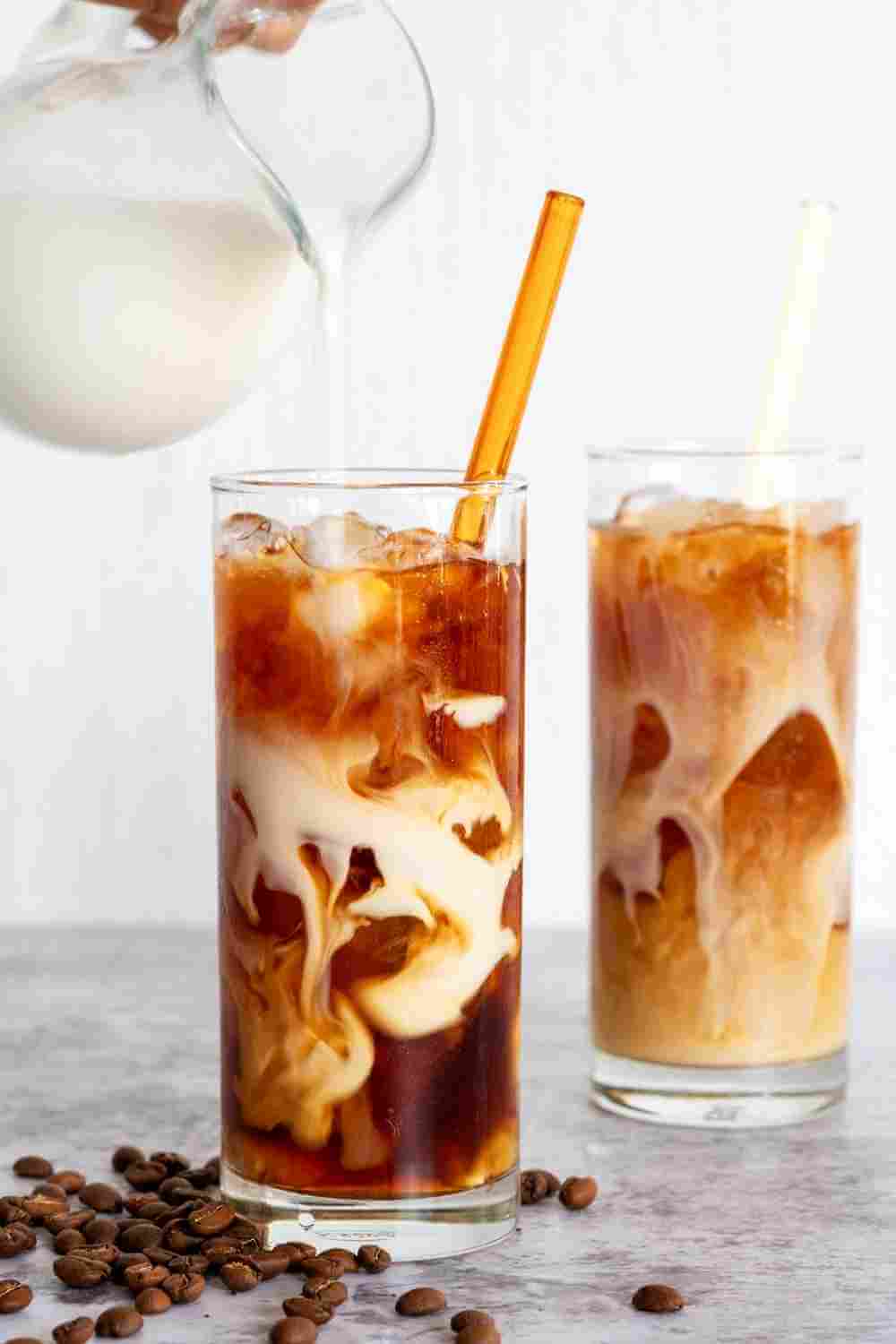
Key Differences Between Nitro Cold Brew And Cold Brew
Now, let's explore some of the other key differences between nitro cold brew and regular cold brew coffee:
- Texture. Nitro cold brew is known for its creamy, velvety texture, akin to stout beer or a milkshake, while regular cold brew is smoother but lacks the creamy mouthfeel.
- Flavor. Regular cold brew has a slightly sweeter taste due to its long steeping process, while nitro cold brew offers a unique flavor profile with hints of sweetness and a touch of acidity.
- Presentation. Nitro cold brew wins in the presentation department with its cascading effect and foamy head, making it a popular choice in coffee shops.
Health Benefits
Both of these delicious coffess have some potential health benefits. They include:
- Less acidity. For those with sensitive stomachs or those who suffer from acid reflux, cold-brewed coffee in general is a better option compared to a standard cup of coffee, as the longer steep time, at lower temperatures reduces some of the acidity.
- Extended shelf life. Cold brew coffee, whether nitro or regular, has a longer shelf life compared to hot coffee. You can prepare a batch and enjoy it over several days. (Iced coffee, in comparison, will lose it's flavor after just a few hours).
- Lower temperature. Both coffees are served cold, which makes them both a perfect option for a refreshing pick-me-up on a hot summer day.
- Nitro cold brew may require fewer add-ins. Because of the creamy texture of this delicious coffee, you may find that you don't need to add additional cream or sugary add-ins.
Cold Brew Frequently Asked Questions
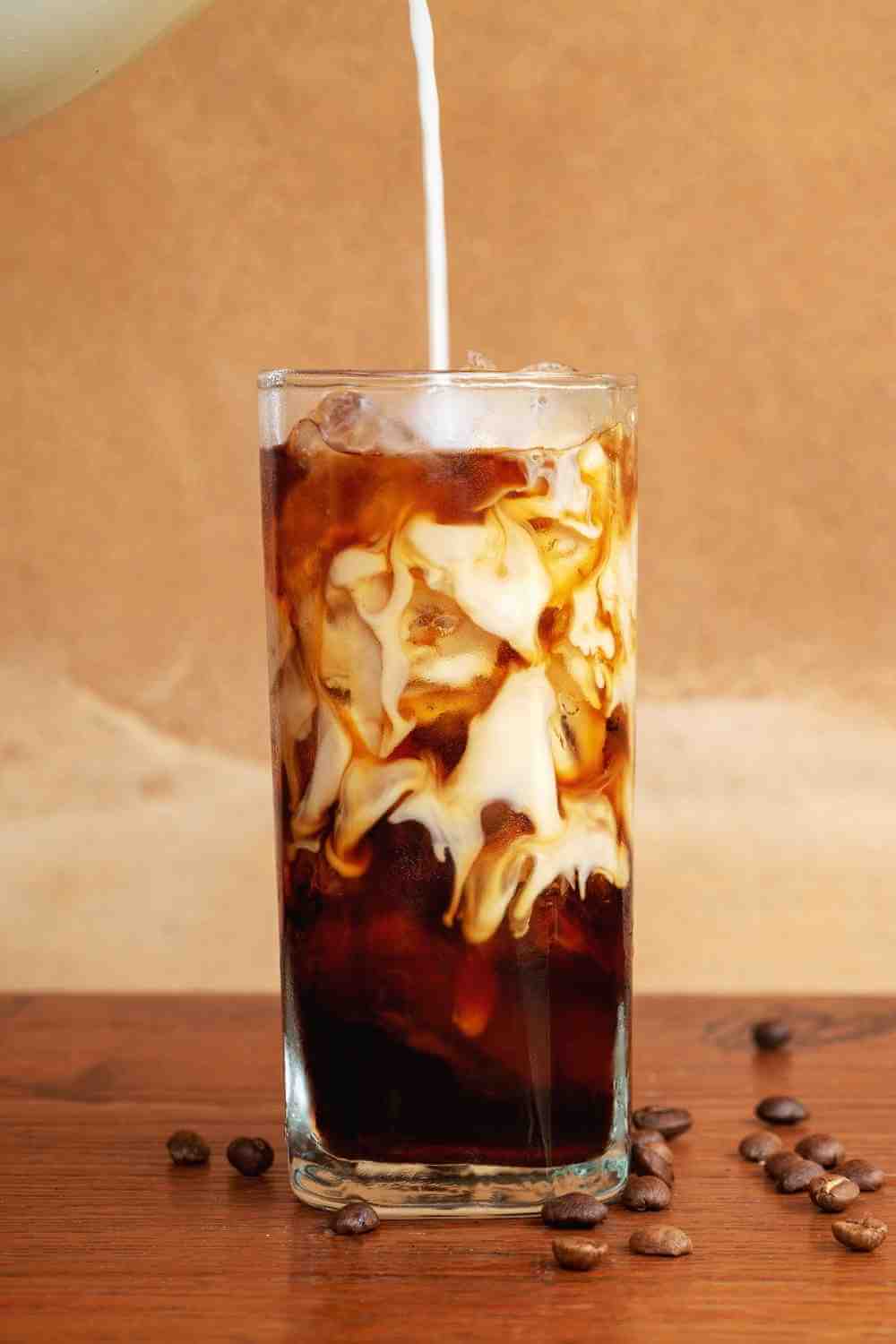
Cold brew coffee is known for its smooth, mellow, and slightly sweet flavor with lower acidity levels compared to hot coffee. The flavor can vary depending on the type of coffee beans used and the brewing time.
This is a concentrate, so it should be diluted with ice, water or a splash of milk or your favorite milk alternative. Some people like to sweeten it with syrups or add flavorings like vanilla or cinnamon.
Yes, you can heat it up, but it's essential to dilute it with hot water or milk since it's a concentrate. Heating it without dilution might result in a strong and bitter brew.
Making cold brew concentrate is easy! Simply soak your favorite coffee grounds in a jar of cool water over night, then strain and serve with ice, water, or your favorite creamer. (Get a complete guide to making your own homemade cold brew coffee here!)
Cold brew concentrate is the strong coffee extract produced during the cold brew process. It needs to be diluted with water, milk, or ice to create a ready-to-drink coffee.
You can use your favorite type of coffee bean to make cold brew, whether you prefer a dark roast, medium roast, or something else. Experimenting with different beans can lead to unique flavor profiles.
The amount of caffeine in cold brew can vary based on factors like the type of coffee beans, brewing time, and dilution. But, because cold brew is steeped for a longer time period than normal drip coffee, the caffeine content is typically higher. On average, an 8-ounce (240ml) serving of cold brew contains about 100-200 mg of caffeine, which is higher than a standard cup of hot coffee (which usually has between 80-100 mg).
When stored in the refrigerator, the concentrate can last for about a week and still taste great. I love making a big batch at the weekend to enjoy all week long!
Nitro Cold Brew Frequently Asked Questions
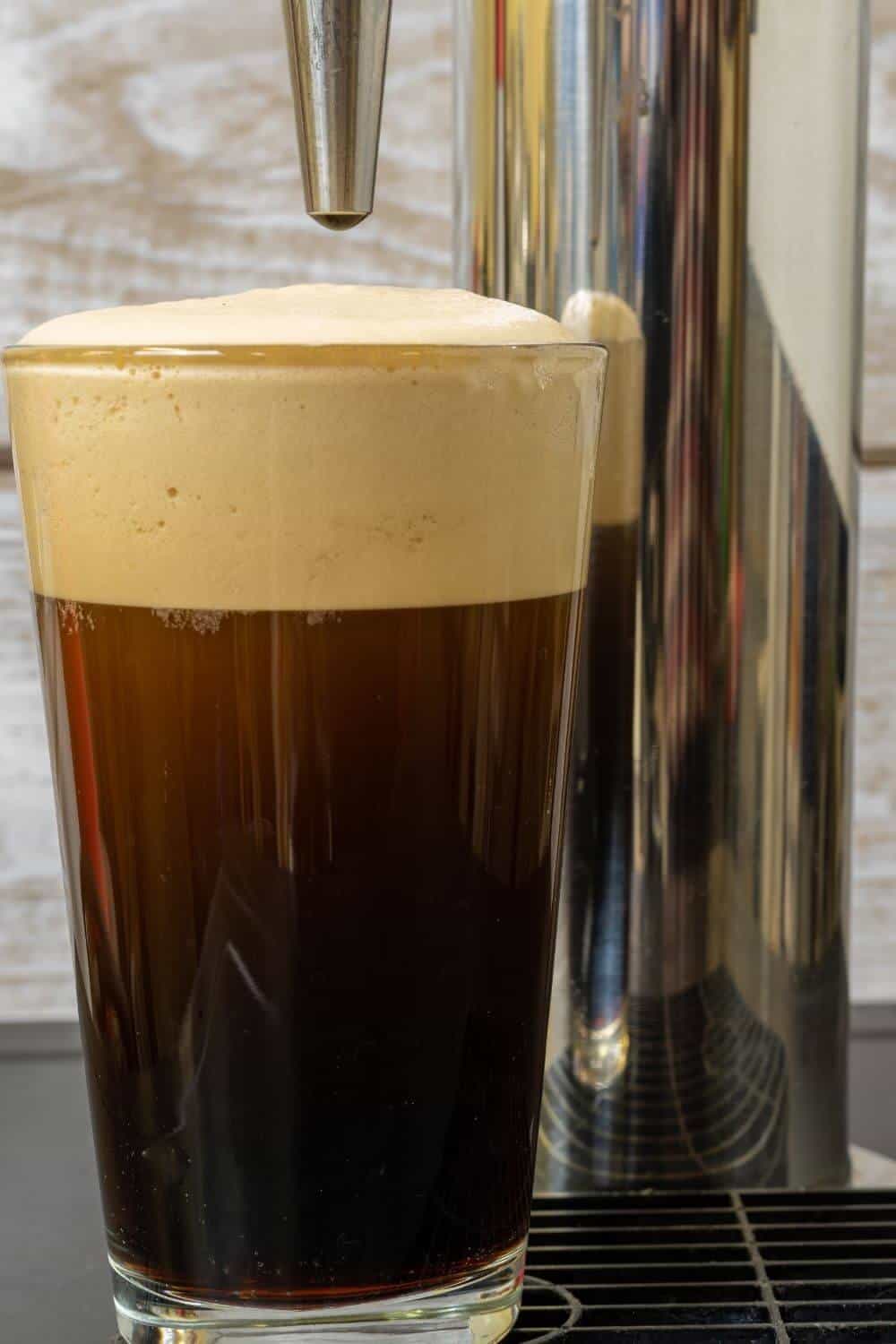
Nitro cold brew offers a unique flavor profile with hints of sweetness and a creamy mouthfeel. The nitrogen infusion adds an extra dimension to the taste, making it a unique and delicious treat.
Unlike regular cold brew, you don't really have to add anything to Nitro cold brew to make it taste delicious (or less strong). It's is best enjoyed straight from the tap, as the cascading effect and foamy head enhance the experience. Most people find its delicious all on its own. It's best served without ice.
While you can technically heat up nitro cold brew, it's not recommended. The nitrogen bubbles and creamy texture that define nitro cold brew are best experienced when it's served cold. Heating it will cause the coffee to lose nitrogenation and will make it go flat more quickly. (Although hot Nitro coffee does exist in some coffee shops!)
Because it's brewed the same way as regular cold brew, the caffeine content is generally the same as in a normal cold brew. However, caffeine content may differ based on the types of beans used, and how long the steeping process takes. Nitro brew does have a higher caffeine content than normal coffee or regular iced coffee. It's always best to check the caffeine content of individual drinks if you're concerned. (For example, at Starbucks, a 12 oz traditional cold brew coffee has 155 mg of caffeine, whereas a 12 oz nitro cold brew has 215 mg of caffeine.)
No, it is not carbonated. The tiny nitrogen bubbles give it a creamy texture and a foamy head, but it doesn't have the effervescence of carbonated drinks like soda.
To make this deliciously creamy coffee at home, you'll need additional equipment like a keg and a nitrogen canister. The process involves kegging your cold brew concentrate and pressurizing it with nitrogen. While it's possible to make it at home, it's more common in coffee shops due to the equipment required. (Although there are lots of nitro cold brew coffee makers and kegs being sold these days for home use!)
What about Iced coffee?
Now that we've covered the differences between two delicious types of cold coffee, you might be wondering how traditional iced coffee fits into the mix. Iced coffee is another popular cold coffee choice, but it's not quite the same as cold brew (or nitro cold brew).
- Brewing methods. Iced coffee is typically made using traditional brewing methods, such as drip coffee or a French press. Hot coffee is brewed and then cooled down by adding ice cubes or refrigerating it.
- Presentation. Iced coffee is served cold, similar to cold brew, but it lacks the unique texture and flavor profile of both nitro and regular cold brew.
- Caffeine intake. Iced coffee has a caffeine content similar to regular hot coffee, as it's made with hot water. It has less caffeine than regular cold brew or nitro cold brew.
- Flavors. Iced coffee can come in different flavors and be sweetened to taste. It's a versatile choice, and you can add milk, cream, or flavored syrups as you prefer. It can sometimes have a slightly more acidic taste than a longer steeped cold brew/nitro cold brew.
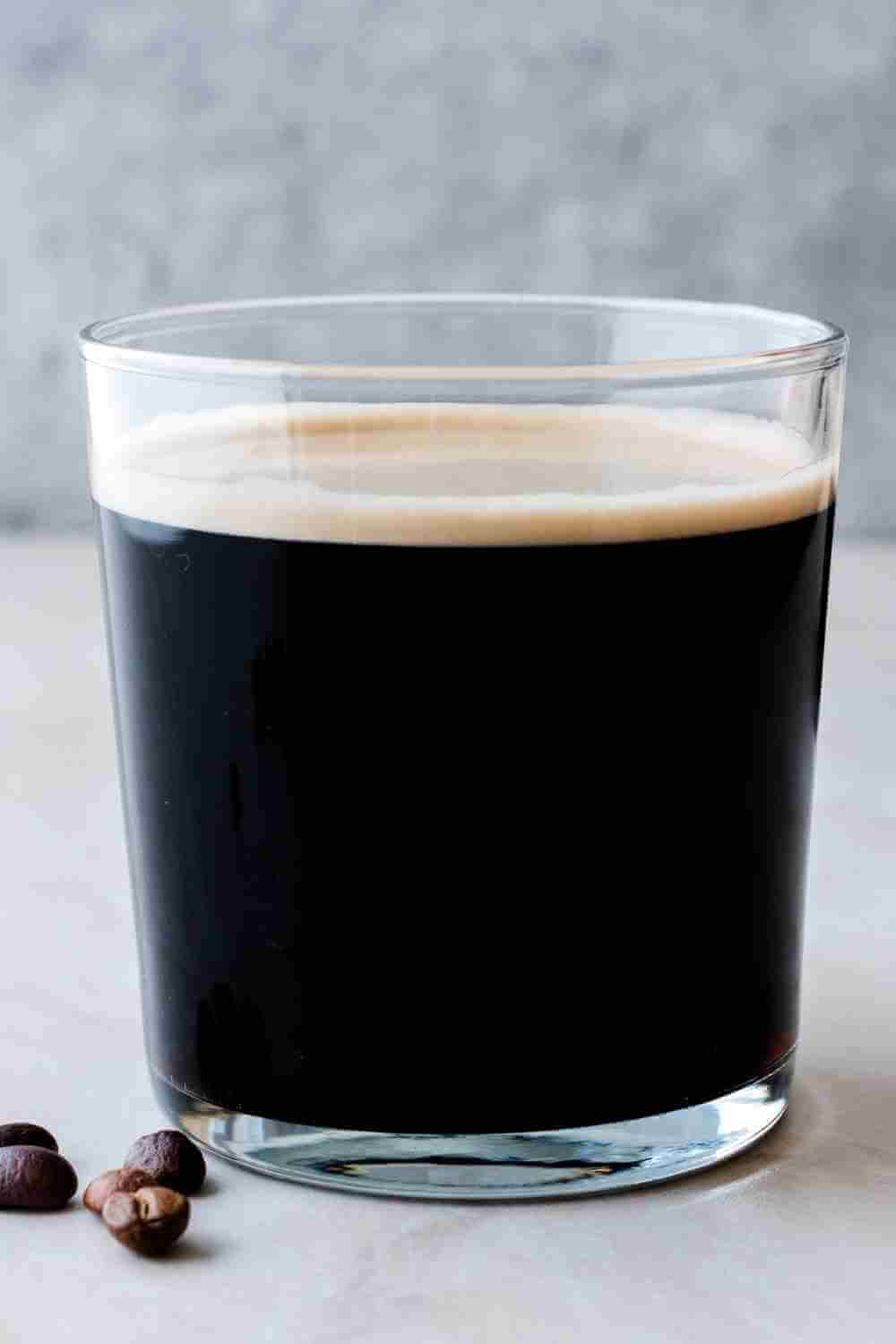
So, the next time you walk into your favorite local coffee shop or peruse the cold coffee selection at grocery stores, I hope this guide gives you the info you'll need to make a smart drink selection! Ultimately, the choice between nitro cold brew and regular cold brew comes down to your personal preference and the experience you seek in your cup of cold coffee.
















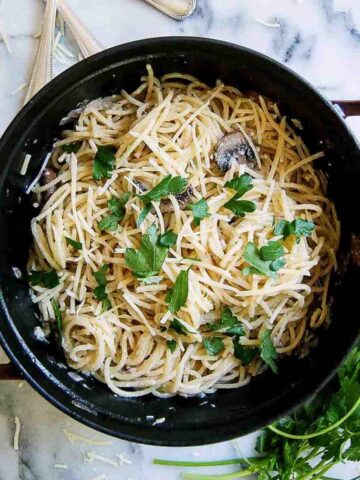
Comments
No Comments